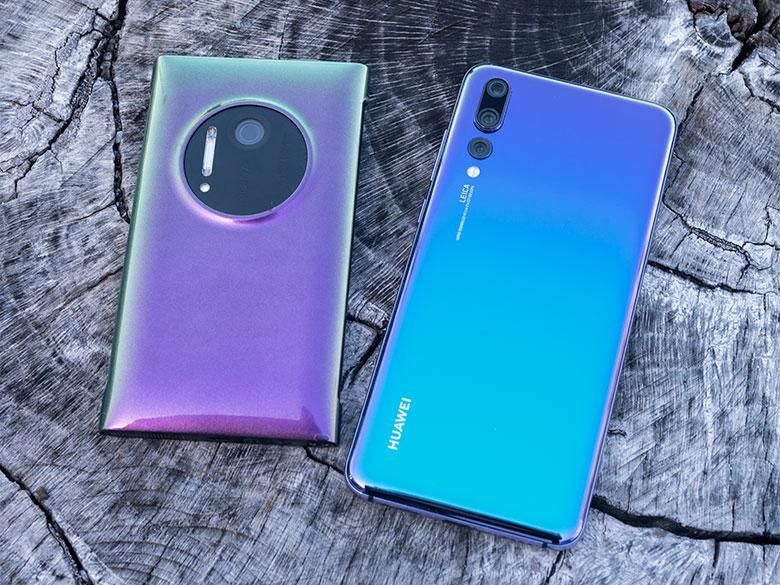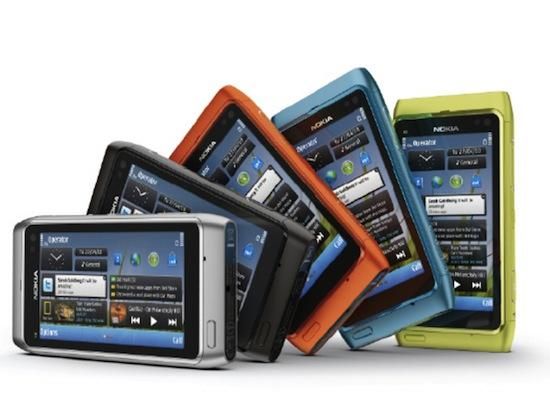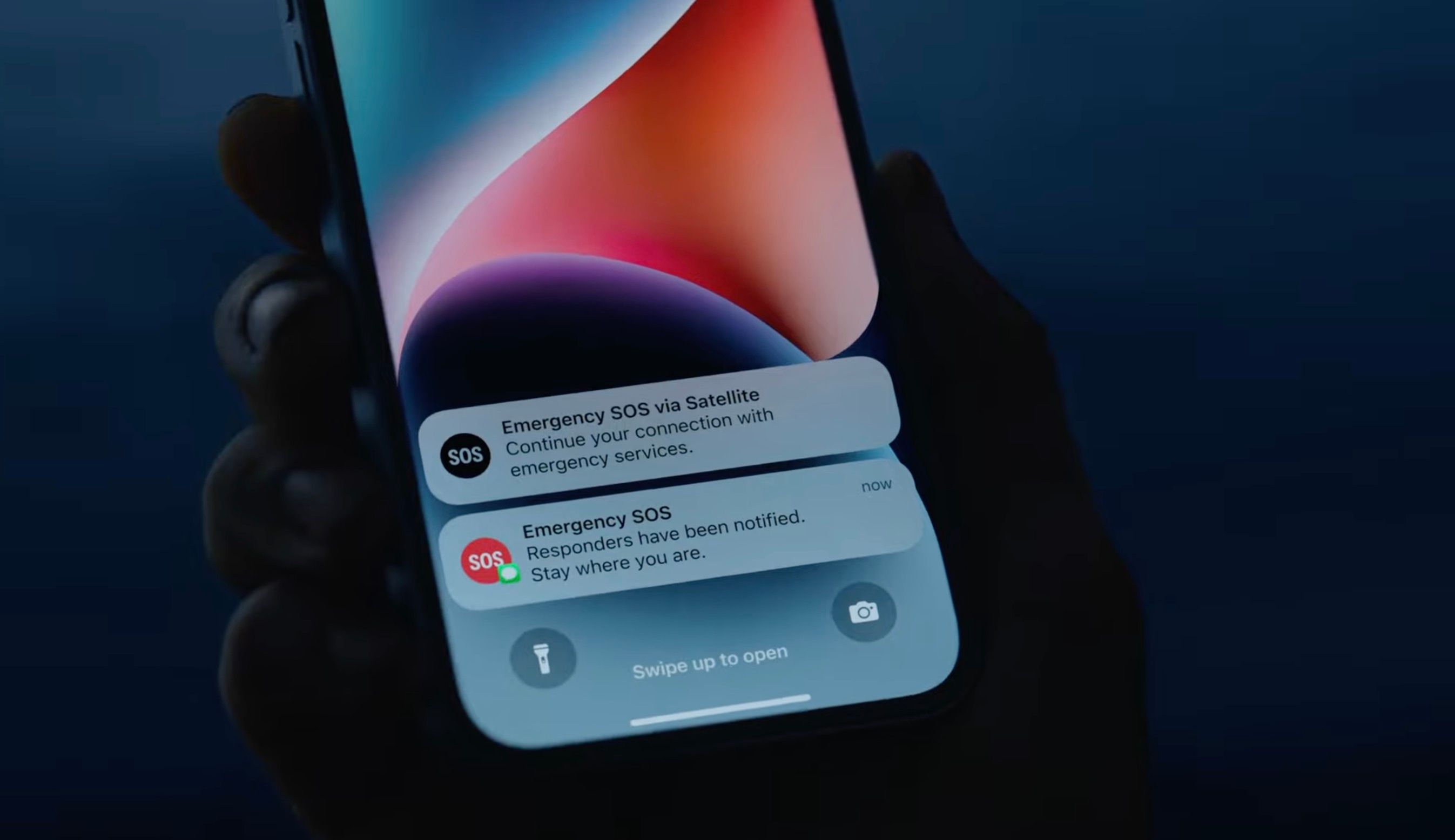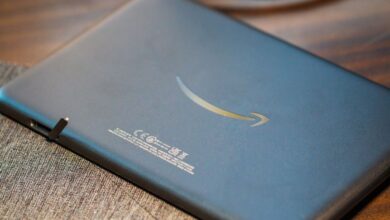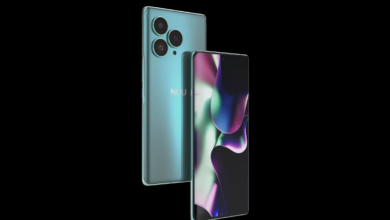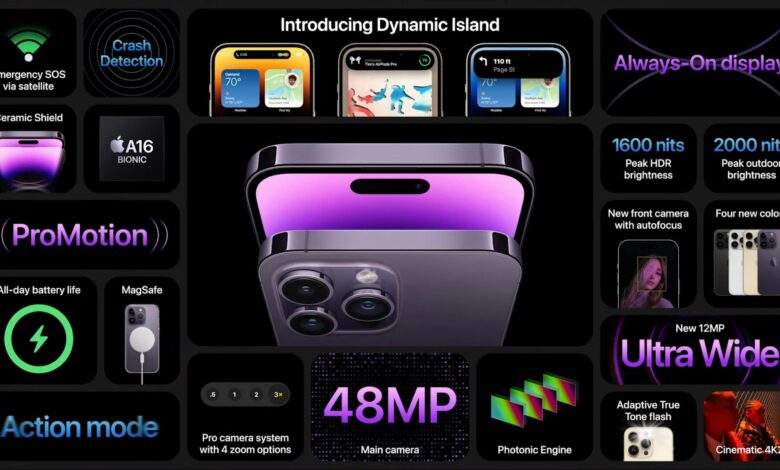
Once again, Apple plays catch-up with the iPhone 14 Pro
[ad_1]
At its Far Out event earlier this week, Apple launched the iPhone 14 Pro and 14 Pro Max. Both flagships boast the company’s latest A16 Bionic chip, a new LTPO display that replaces the notch with a pill-like punch-hole (called the Dynamic Island), an improved 48-megapixel main shooter, and emergency satellite connectivity. While I welcome all these new features – the Dynamic Island is especially cool – I’m experiencing major deja-vu.
The iPhone 14 Pro’s main camera now packs a 48MP sensor with 1.2-micron pixels and all-pixel PDAF paired with a seven-element f/1.78 lens and sensor-shift stabilization. This allows pixel binning, wherein groups of four pixels are combined into massive 2.4-micron pixels for better low-light performance, resulting in higher quality 12MP photos. Better yet, this enables lossless 2x zoom, by cropping the center 12MP area of the sensor.
But here’s the thing. High megapixel-count sensors that leverage pixel binning are nothing new. Nokia’s 808 Pureview (Symbian) pioneered this technique with a 41MP sensor back in 2012, followed by Nokia’s Lumia 1020 (Windows Phone), which added OIS to the specs. In fact, since Huawei’s P20 Pro flagship, which used a 40MP Quad-Bayer sensor (Sony IMX600) back in 2018, pixel binning has been par for the course in Android land.
For example, Samsung’s Galaxy S22 Ultra packs a 108MP main sensor that implements 9-to-1 pixel binning, with 0.8-micron pixels grouped into 2.4-micron pixels for 12MP pictures. Motorola’s Edge 30 Ultra boasts a 200MP (!) sensor with 16-to-1 pixel binning that outputs 12.5MP pictures. Even today’s budget handsets include this feature. The €170 ($173) Poco M5, which launched last week, comes with a pixel-binned 50MP main sensor.
Then there’s the iPhone 14 Pro’s always-on display, which benefits from a new LTPO OLED panel with a 1 to 120Hz variable refresh rate. By dimming the screen’s content and lowering the refresh rate, this always-on-display keeps power consumption to a minimum. While Apple’s approach is hyper efficient, there’s technically nothing preventing the regular iPhone 14 (or any handset with an OLED screen) from offering this feature.
And that’s exactly why a wide variety of Android phones with OLED panels have included always-on-displays for years now. Going as far back as 2010, Nokia’s OLED-equipped Symbian handsets – like the N8, E7, and C7 – featured always-on-displays. These phones even used a special font that didn’t illuminate every pixel, resulting in reduced power consumption. Think of image dithering, and you’ve got the right idea.
The same thing happened last year, with the iPhone 13 Pro and 13 Pro Max finally offering 120Hz displays, which Apple calls ProMotion. It’s something that’s been available for years in the world of Android, and is now even common on budget phones like that aforementioned Poco M5, which features a 90Hz screen for less than $175. Ditto the selfie camera, which Apple introduced with the iPhone 4 in 2010, but was already standard on other handsets.
But there are more features the iPhone 14 series introduced that already exist on other phones. Apple’s Action mode is similar to Samsung’s Super Steady mode, and crash detection has been available on Google’s Pixel phones for a while now. Even Apple’s Emergency SOS via satellite, a feature powered by Globalstar that provides emergency low-bandwidth satellite communication on the iPhone 14 series and Apple Watch Ultra isn’t a first.
T-Mobile USA and Starlink, SpaceX’s satellite-based high-speed internet service provider, recently announced a partnership to deliver low-bandwidth satellite communication to the carrier’s subscribers. But unlike Apple’s implementation, which requires additional hardware in compatible devices, T-Mobile and Starlink’s service works with any handset that already supports mid-band 5G, and isn’t limited to emergencies.
So there you have it. Am I upset that Apple is playing catch-up? No. These new iPhone 14 features have been widely beneficial on Android phones for years now, and I’m glad that iPhone users finally get to enjoy them as well. But while I understand that Apple is more interested in refining features than being the first to roll them out, I’m disappointed that it’s taken this long. Regardless, welcome to the party, Apple.
iPhone 14 Pro Max
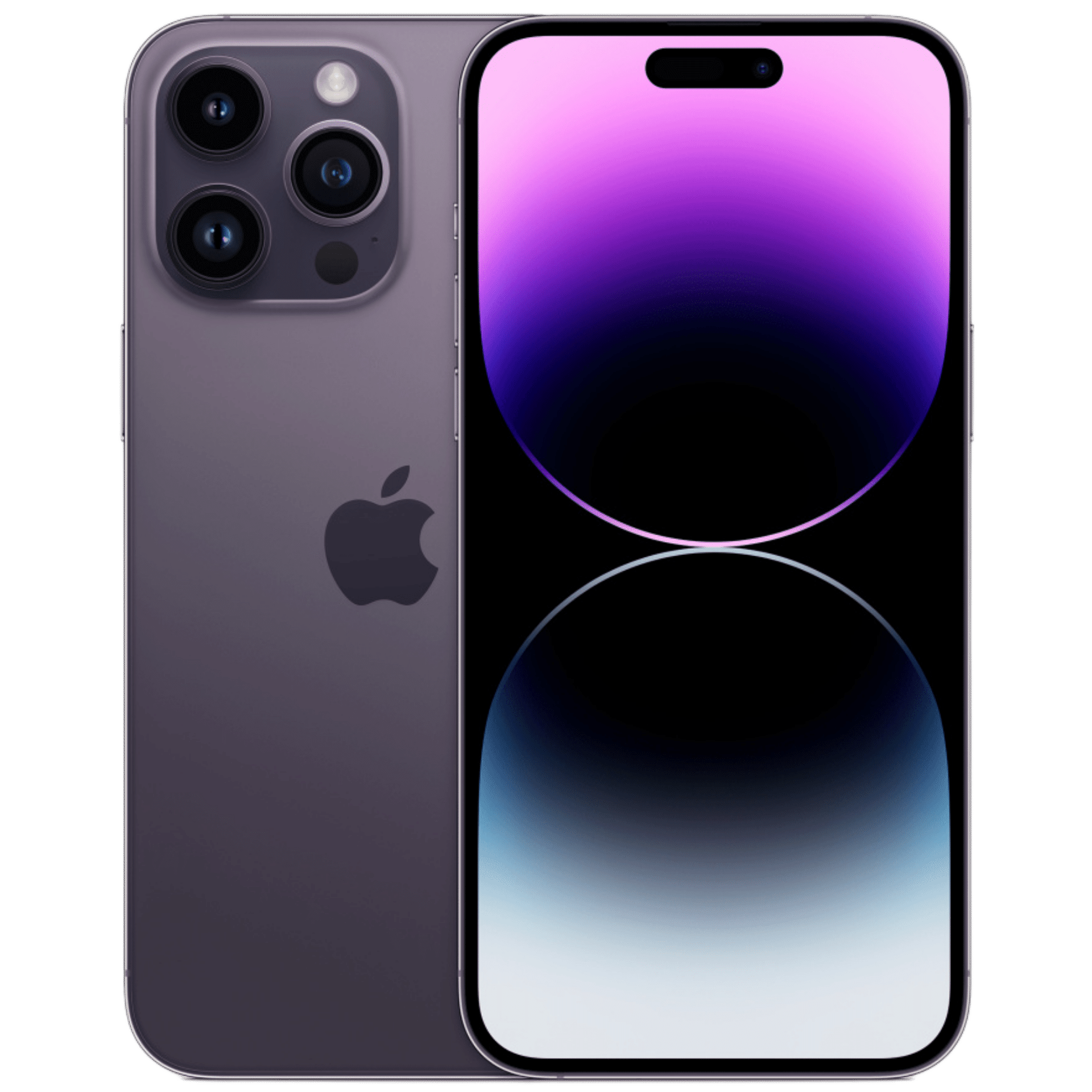
iPhone 14 Pro is the latest large-screen premium smartphone from the brand. It features a new pill-shaped ‘Dynamic Island’ notch, 48MP primary camera sensors, an A16 Bionic chipset, and much more. Check out all the deals on the device using the links given below.
[ad_2]


